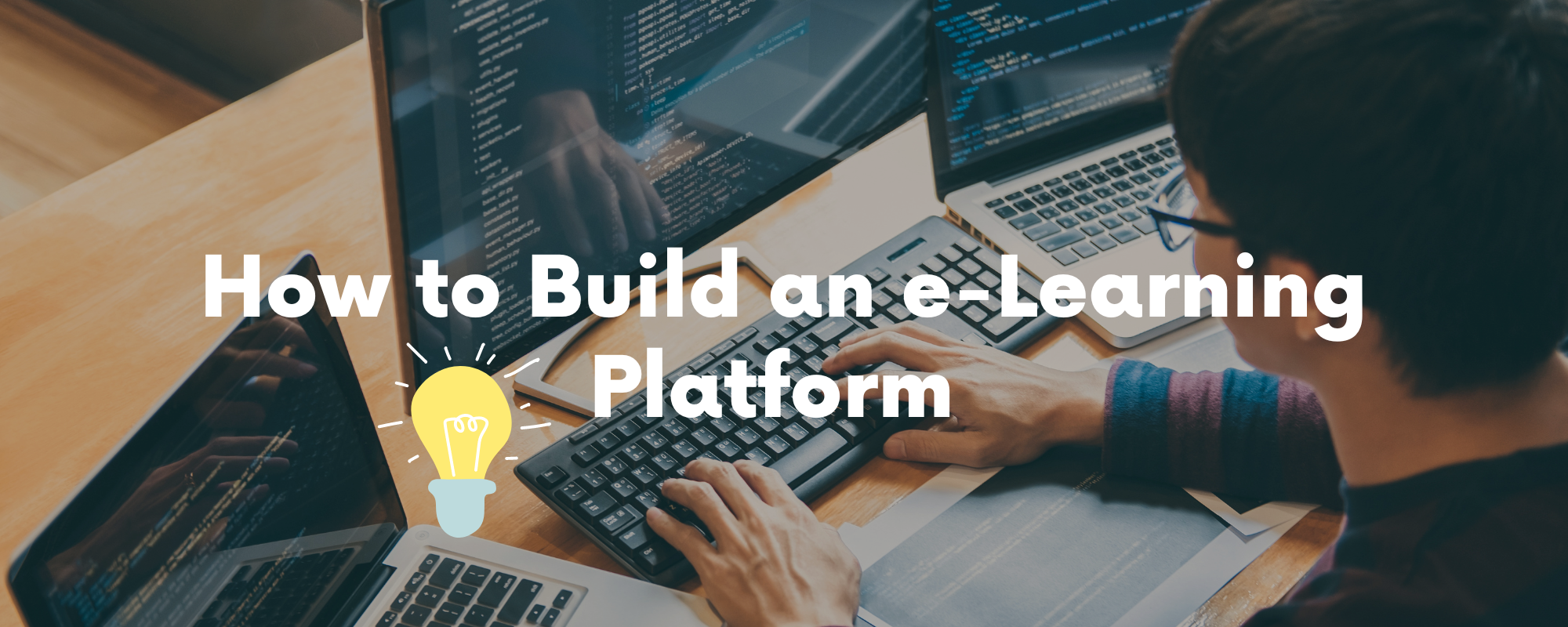
How to Create an Educational Platform: An Overview
eLearning has proven to be the most reliable solution to many problems rising with the global lockdown during Covid-19
The COVID-19 pandemic has accelerated the shift from traditional offline operations to online platforms across various industries. The education sector, in particular, saw nearly 1.6 billion students affected by school closures, making remote or hybrid learning the new norm. While this change posed challenges for both students and teachers, it also brought significant benefits such as personalization, flexibility, and cost-effectiveness.
Benefits of Building Your Educational Platform
Creating your own educational platform offers numerous advantages:
- Corporate Sales: You can sell your courses to corporate clients, expanding your market reach.
- Customization: Tailor the platform to add extra value for users.
- Student Growth: Gradually increase the number of students enrolled.
- Digital Transformation: Convert your offline business to an online model, boosting profits.
- Content Utilization: Maximize the use of your content and courses.
- Competitive Edge: Stand out among competitors with a unique platform.
Steps to Build Your Educational Platform
1. Research Thoroughly
- Analyze if your product solves a significant problem.
- Explore how your solution benefits consumers.
- Identify your target audience.
- Engage with potential customers to understand their preferences.
2. Design THE SOLUTION
- Compile your research and draft a solution outline.
- Decide on the design, platform type, payment methods, UX/UI, and backend programming.
- Consider different types of eLearning platforms like LMS, online tutoring, and video-based learning.
3. Hire a Dedicated Team
- Search for reputable software development companies or seek recommendations.
- Filter your search based on project needs and review client feedback.
- Shortlist companies with relevant eLearning experience and discuss development details.
- Hire a team including a Business Analyst, Project Manager, UI/UX Designer, Front-end Developer, and Back-end Developer.
4. Develop the MVP (Minimum Viable Product)
- Define the scope of the MVP with your team.Profiles
- Progress through development phases, monitoring and tracking progress.
5. Test Your Product with Users
In order to find a dedicated team for your project uses the following tips:
- Search the web for the best available software development companies or contact your acquaintances
- Filter your search to the needs of your project
- Check the specialized platforms which provide client feedback
- Make a list of your options and review their portfolios
- Sort out the companies as per eLearning experiences
- Get in touch with the front runners
- Discuss development details with the company (time, cost, programmers)
6. Develop and Enhance Your Platform
- Regularly analyze user feedback and conduct internal research.
- Address customer reviews and complaints promptly.
- Continuously fix bugs and integrate new features.
By following these steps, you can create a robust and engaging educational platform that meets the needs of your users and stands out in the competitive eLearning market. If you have a design in mind for your e-learning program, feel free to schedule a conversation with Birajtech Developers to discuss your product development in more detail.
